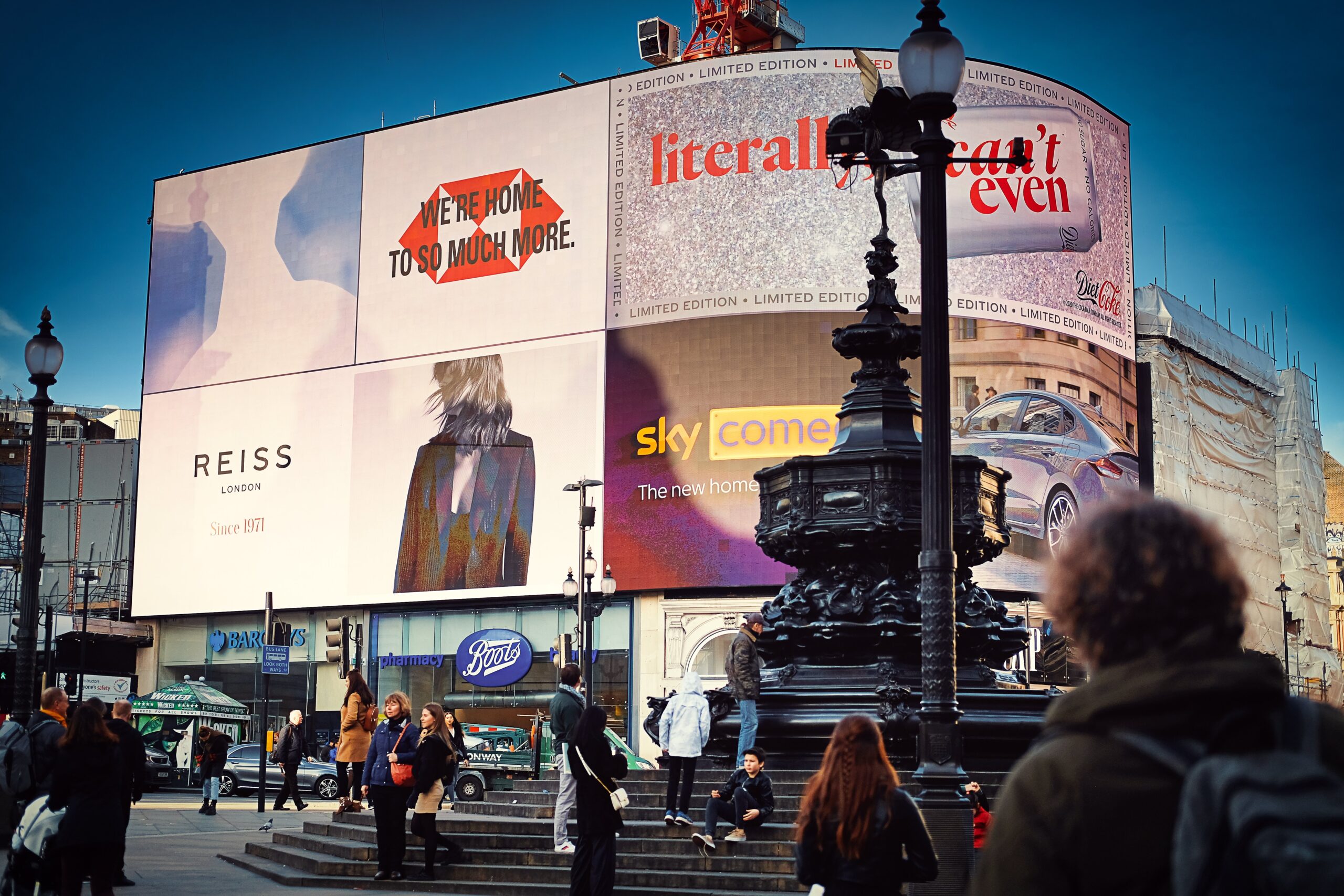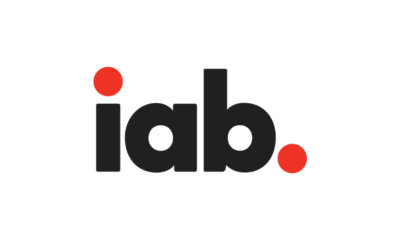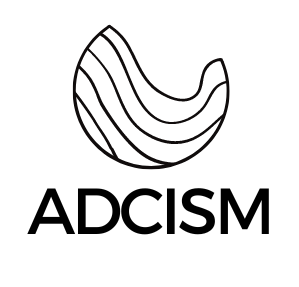Advertising
Safeguarding Your Brand: The Importance of Brand Safety in Digital Advertising

Introduction:
In today’s digital landscape, where brands strive to connect with their target audiences across various platforms, brand safety has become a paramount concern. Brand safety refers to the measures taken by advertisers and publishers to protect their brand reputation and ensure that their ads are displayed in appropriate and secure environments. In this article, we delve into the significance of brand safety in digital advertising, its challenges, and effective strategies to safeguard brands in an ever-evolving online world.
The Significance of Brand Safety:
- Protecting Brand Reputation: Brand safety is essential for maintaining a positive brand image and reputation. In an era of viral social media trends and online conversations, an ad appearing alongside inappropriate or offensive content can quickly tarnish a brand’s reputation and erode consumer trust. Ensuring brand safety helps to mitigate these risks and safeguard the brand’s equity.
- Preserving Consumer Trust: Consumers expect brands to align with their values and ethical standards. Displaying ads in unsafe or controversial contexts can lead to a loss of consumer trust. By prioritizing brand safety, advertisers and publishers demonstrate their commitment to delivering a secure and trustworthy advertising experience, fostering long-term customer relationships.
- Regulatory Compliance: Adhering to brand safety standards is crucial for complying with legal and industry regulations. Many jurisdictions impose strict guidelines on advertising content, especially concerning sensitive topics such as hate speech, violence, or explicit material. Brands that fail to uphold these standards may face legal consequences or reputational damage.
Challenges in Brand Safety:
- Ad Placement and Contextual Relevance: Ensuring that ads are displayed in suitable and contextually relevant environments can be challenging, particularly in programmatic advertising where placements are automated. Striking a balance between automated ad placement and maintaining control over brand safety requires robust technology solutions and vigilant monitoring.
- User-Generated Content: With the rise of social media and content-sharing platforms, user-generated content poses a brand safety challenge. Ads displayed alongside user-generated content may expose brands to unpredictable contexts, including inappropriate or offensive material. Brands must implement mechanisms to assess and mitigate risks associated with user-generated content.
- Ad Fraud and Ad Verification: Ad fraud remains a persistent concern in digital advertising. Fraudulent practices, such as non-human traffic and ad impressions on fake or low-quality websites, can undermine brand safety efforts. Implementing ad verification tools and working with trusted partners helps detect and prevent ad fraud, ensuring ads are displayed in genuine and safe environments.
Strategies for Ensuring Brand Safety:
- Partner Selection and Verification: Choose advertising partners, including publishers and ad networks, with strong brand safety protocols and a proven track record. Conduct due diligence to ensure partners adhere to industry best practices and have effective brand safety measures in place.
- Content Monitoring and Filtering: Implement advanced technology solutions that continuously monitor and filter content across ad placements. Automated content analysis, keyword targeting, and machine learning algorithms can help identify and avoid potentially unsafe environments.
- Contextual Targeting: Leverage contextual targeting to ensure ads are placed in relevant and brand-safe contexts. Analyze the content, context, and sentiment of webpages or app placements to match them with the brand’s values and desired audience.
- Ad Transparency and Control: Maintain control over where ads appear by leveraging tools that provide transparency and granular control over ad placements. Utilize whitelisting and blacklisting features to define acceptable and prohibited placements, reducing the risk of ad misplacement.
- Regular Auditing and Reporting: Conduct regular audits of ad placements and evaluate brand safety metrics. Monitor industry trends, updates in regulations, and emerging risks to adapt brand safety strategies accordingly. Maintain clear reporting and communication channels to address any brand safety concerns promptly.
Conclusion:
Brand safety is a critical aspect of digital advertising
Reference links: DV360
Ad Tech
What is Ad Stitching?

Ad stitching, also known as server-side ad insertion (SSAI), is a technology that allows publishers to insert ads into video content on the server-side, before the content is delivered to the viewer. This is in contrast to client-side ad insertion (CSAI), which inserts ads on the viewer’s device.
Ad stitching has a number of advantages over CSAI, including:
- Reduced ad blocking: Ad blockers typically work by blocking ads that are delivered to the viewer’s device. Since ad-stitched ads are inserted on the server-side, they are not visible to ad blockers.
- Improved performance: Ad stitching can improve the performance of video content by reducing the amount of data that needs to be transferred to the viewer’s device. This is because the ads are already stitched into the content stream, so they do not need to be downloaded separately.
- Greater control: Publishers have more control over the ad experience with ad stitching. For example, they can choose where ads are placed in the content, and they can ensure that the ads are compatible with the content.
How Does Ad Stitching Work?
The process of ad stitching typically involves the following steps:
- Prepare the content and ads: The content and ads are prepared for insertion. This may involve encoding the content and ads in a compatible format, and adding markers to the content stream to indicate where the ads should be inserted.
- Insert the ads into the content stream: The ads are inserted into the content stream at the designated locations. This is done on the server-side, before the content is delivered to the viewer.
- Deliver the stitched content to the viewer: The stitched content, which includes both the content and the ads, is delivered to the viewer.
The Benefits of Ad Stitching
Ad stitching offers a number of benefits for both publishers and viewers. For publishers, ad stitching can:
- Increase ad revenue by reducing ad blocking
- Improve the performance of video content
- Give publishers more control over the ad experience
For viewers, ad stitching can:
- Provide a more seamless viewing experience
- Reduce buffering and loading times
- Ensure that ads are relevant to the content
The Future of Ad Stitching
Ad stitching is a relatively new technology, but it is already having a significant impact on the online video advertising industry. As ad blocking continues to grow, ad stitching is likely to become even more important for publishers. In addition, ad stitching is being used for other applications, such as inserting personalized content into video streams. As ad stitching technology continues to develop, it is likely to become an even more important tool for publishers and viewers alike.
I hope this blog has been helpful. Please let me know if you have any questions.
Advertising
Supercharge Your WordPress Ads with Advanced Ads: The Ultimate Guide

Monetizing your WordPress website can be a rollercoaster. You pour your heart into creating content, but those ad clicks just don’t seem to match your dedication. Enter Advanced Ads, a game-changer in the WordPress ad management arena. This plugin isn’t just about slapping banners on your site – it’s about laser-targeting your audience, maximizing revenue, and taking control of your ad game.
Why Choose Advanced Ads?
Forget the clunky, limited ad plugins of the past. Advanced Ads brings a powerful feature set to the table, making it the Swiss Army Knife of WordPress ad management:
Precise Targeting: Go beyond simple location-based targeting. Reach specific user groups based on their behavior, demographics, and even device! Imagine showing travel ads only to users who recently browsed flight prices.
Ad Scheduling and Rotation: Control when and where your ads appear. Rotate different ads to keep things fresh and prevent ad fatigue.
Advanced Ad Formats: Ditch the boring banners. Utilize diverse formats like sliders, pop-ups, and sticky ads to engage your audience in unique ways.
Click Fraud Protection: Don’t let bots steal your revenue. Advanced Ads employs sophisticated measures to weed out fraudulent clicks and ensure your earnings are legit.
Detailed Reporting and Analytics: Track your ad performance with comprehensive reports. See what’s working, what’s not, and optimize your strategy for maximum impact.
But Wait, There’s More!
The free version of Advanced Ads is already impressive, but the pro version unlocks a whole new level of ad mastery:
- Ad Server Integration: Deliver ads from external ad servers like Google AdSense or custom networks for even more flexibility.
- Advanced Geo-Targeting: Target users based on their precise location, down to city or postal code.
- A/B Testing: Experiment with different ad formats, placements, and creatives to see what resonates best with your audience.
- Dynamic Ad Injection: Automatically insert ads into your content based on specific keywords or triggers, creating a seamless ad experience.
Is Advanced Ads Right for You?
Whether you’re a seasoned blogger or a newbie entrepreneur, Advanced Ads has something to offer. It’s perfect for:
- Website owners who want to maximize their ad revenue. Content creators who want to present targeted and engaging ads to their audience.Marketing professionals who need a powerful tool for managing ad campaigns.Anyone who wants to take control of their WordPress ad experience.
Launch a demo: Link
Ready to Take the Plunge?
Head over to the Advanced Ads website and download the free plugin to start your journey. There’s also a helpful documentation section and a vibrant community forum to answer your questions and guide you through the process.
So, ditch the ad-placement woes and unlock the full potential of your WordPress website with Advanced Ads. Remember, with the right tools and strategies, your website can become a powerful revenue machine, and Advanced Ads is the key to making it happen.
Link to advanced ads
Advertising
Chrome Says Cookie Crumbles: What You Need to Know about the Phase-Out

The internet is on the cusp of a major shift, and at the heart of it is Google Chrome’s decision to phase out third-party cookies. These tiny bits of data, long the workhorses of online advertising, are about to become relics of a bygone era. But what does this mean for you, the everyday web user? Buckle up, because we’re diving into the cookie jar to understand the implications of this sweet (or perhaps bitter) change.
Why the Cookie Crumble?
Third-party cookies have been under fire for years for their role in intrusive online tracking. They enable advertisers and other companies to follow your every click across the web, building detailed profiles used to target ads and personalize your experience. While this can be convenient at times, it also raises concerns about privacy and data rights.
Chrome, recognizing these concerns, is leading the charge towards a more privacy-focused web. Their goal is to replace third-party cookies with alternative solutions that allow for relevant advertising and personalized experiences without compromising user privacy.
The Timeline of Cookie Crumbling
The phase-out isn’t happening overnight. It’s a gradual process, unfolding in stages:
- Phase 1: Testing the Waters (January 2024): Currently, 1% of Chrome users globally are experiencing the cookie-less future firsthand. This testing phase allows websites and developers to adapt their practices and prepare for the wider rollout.
- Phase 2: The Rollout Begins (Late 2024): Expect to see a wider implementation of cookie restrictions throughout the latter half of 2024. This is where the impact for regular users might become more noticeable.
- Phase 3: Farewell, Third-Party Cookies (2025 and Beyond): By 2025, barring any unforeseen delays, we should see the complete removal of third-party cookies in Chrome. The new era of privacy-focused advertising and web experiences will be fully upon us.
What Does This Mean for You?
You might encounter some changes as the cookie era winds down. Here’s a glimpse:
- Fewer Targeted Ads: Prepare for less personalized ad experiences. While ads might still appear, they might be less relevant to your interests.
- Login Headaches: Websites that rely on third-party cookies for logins might require you to log in more frequently.
- Privacy Boost: You can breathe a sigh of relief knowing your online activity is being tracked less extensively.
The Future of the Web Cookie-Less
The phase-out of third-party cookies isn’t just about privacy. It’s about reshaping the internet into a more user-centric space. While challenges lie ahead, this shift holds the potential for a web that respects your privacy while still offering valuable experiences.
So, stay tuned as the cookie crumbles! The internet is in for a delicious makeover, and how it will taste… well, that remains to be seen. But one thing is certain: it’s time to ditch the cookie crumbs of the past and embrace a sweeter, more private future online.
Download Chrome here
-

 Ad Tech1 year ago
Ad Tech1 year agoWhat is Ad Stitching?
-

 Featured1 year ago
Featured1 year agoHow to find TCF String – Chrome Network Tab?
-

 1 year ago
1 year agoHow to verify TC String’s origin from a CMP participating in the IAB Transparency and Consent Framework (TCF)
-

 1 year ago
1 year agoConquering the Living Room: Top 5 Ad Servers for CTV Domination in 2024
-

 Ad Tech1 year ago
Ad Tech1 year agoAI on Advertising
-

 1 year ago
1 year agoCutting the Cord, Not the Ads: How OTT Advertising Works
-

 Advertising1 year ago
Advertising1 year agoChrome Says Cookie Crumbles: What You Need to Know about the Phase-Out
-

 Advertising2 years ago
Advertising2 years agoUnderstanding the IAB Content Taxonomy: Categorizing Content for Enhanced Advertising Relevance






